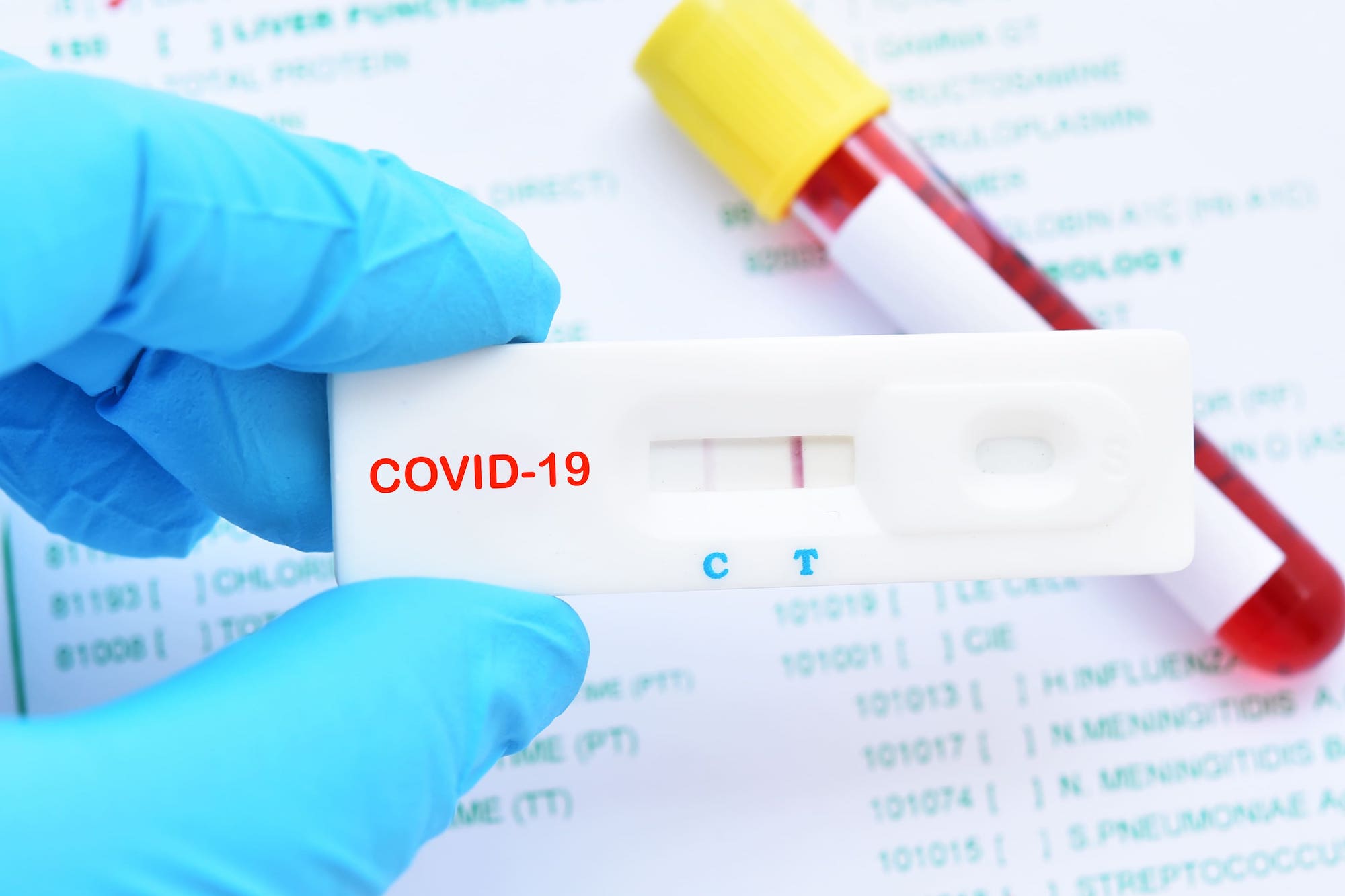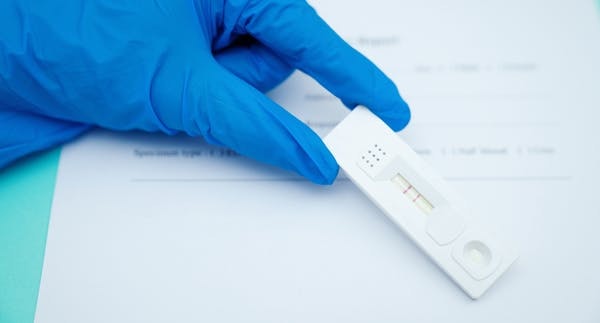


‘Sometimes it's hard to tell whether that's a line or whether it's a smudge,’ said Prof. There are some stages that have to be followed very carefully, he says, like reading it accurately. ‘So, there's this gradient of saying, the more experienced people are at doing the test, then less cases will be missed,’ he said. In a study that looked at people without symptoms, the sensitivity fell to roughly 49% versus PCR tests. Deeks notes.īut this ‘test to enable’ strategy backfired when scientists found that in a population of mostly people with symptoms the test’s sensitivity fell to about 58% when administered by self-trained staff, versus 73% when tested by skilled research nurses and 79% when tested by laboratory scientists. The aim was to allow workers back into offices and allow families to hug their loved ones again in care homes, Prof. In the UK, an antigen test called the Innova lateral flow test was piloted in the city of Liverpool as part of the government’s plans to carry out mass vaccinations in the country.


On the other hand, a highly specific test runs a risk of false negatives if the test’s sensitivity is poor, but will generally have a low false positive rate. In general, a highly sensitive test has a low false negative rate but runs a risk of false positives if its specificity is not up to scratch. Sensitivity is defined as the proportion of patients with Covid-19 who correctly get a positive result, while specificity is the proportion of patients without an infection that the test correctly identifies as negative. These two measures are used to determine the credibility of a test: ‘How well does it detect disease, and how well does it detect the absence of disease,’ explained Prof. Sensitivity and specificity are measures of a test’s usefulness.Although these tests are reliable when an individual has a high viral load, they are far more prone to false-negative results if a person has low amounts of the virus in their body. The process doesn’t require a lab, and can be done in up to 30 minutes, but that speed comes at the cost of sensitivity. Like a home pregnancy test the result is reflected as a band on the paper strip. That combination is then applied to a paper strip that contains a bespoke antibody optimised to bind these proteins if they are present. In contrast, antigen tests - often referred to as rapid tests - work by mixing the sample with a solution that unleashes specific viral proteins. Although the sample needs to be sent to a lab, the time consuming process delivers as the results are almost 100% accurate in spotting infected people when there is virus on the swab. This process can take hours, requires sophisticated lab equipment and technicians, and is typically done one sample at a time, although there are machines that can process multiple samples. In the case of PCR, the sample is sent to a lab where it is heated and cooled using special reagents to convert the virus's RNA into DNA, and then make millions of copies of the DNA, which allows for the identification of the organism. While antigen tests look for proteins on the surface of the virus to ascertain the presence of the pathogen, PCR (polymerase chain reaction) tests are engineered to seek genetic material called RNA that instructs the virus to make these proteins.īoth tests also require a swab from the back of your nose or throat as a sample and cannot determine whether you are contagious if positive but that’s where the similarities end. PCR and antigen tests are the most common but they work differently.Here are five things to know about coronavirus tests: ‘We haven't got any perfect test like that, but there are some which are sort of good in some aspects, but not in others.’ We want technologies that are fast, accurate, have high capacity, that don't require expensive, complex laboratory equipment or the expertise of highly trained people, but there's nothing which fills all of those criteria at the moment, says Professor Jon Deeks, a biostatistician and testing expert at the University of Birmingham, UK.


 0 kommentar(er)
0 kommentar(er)
